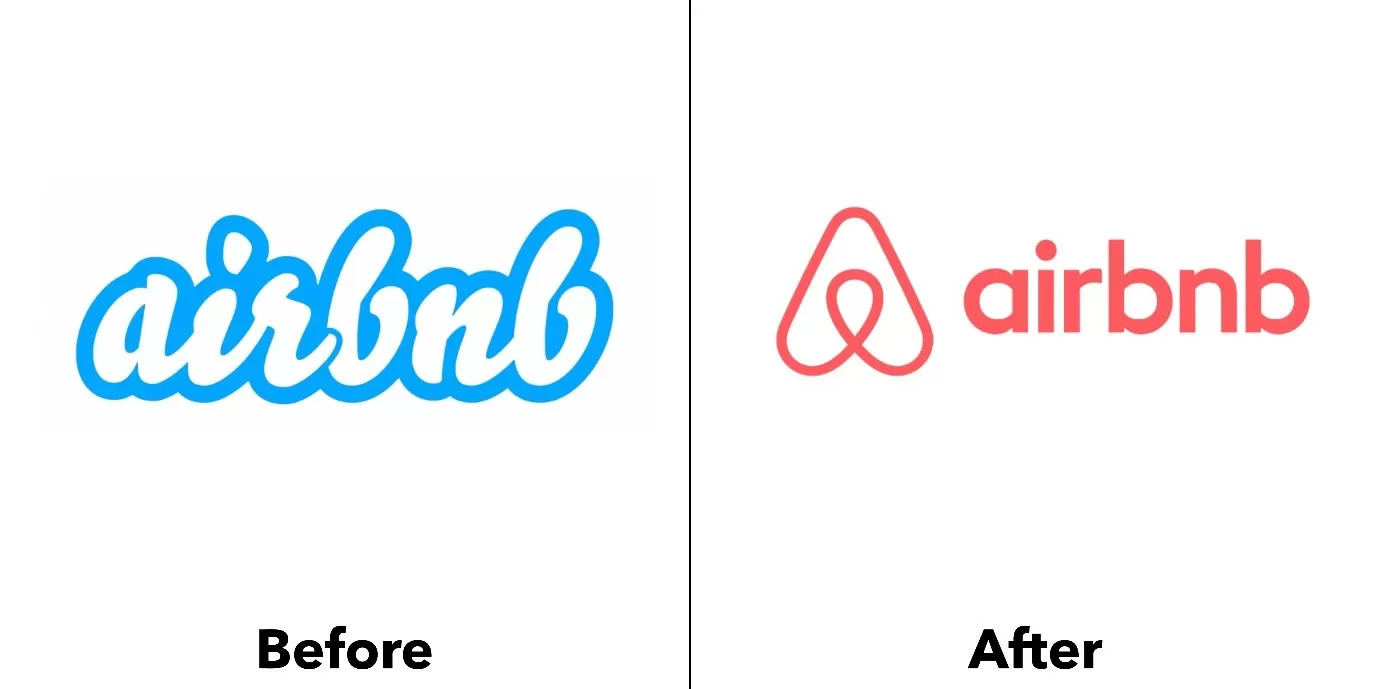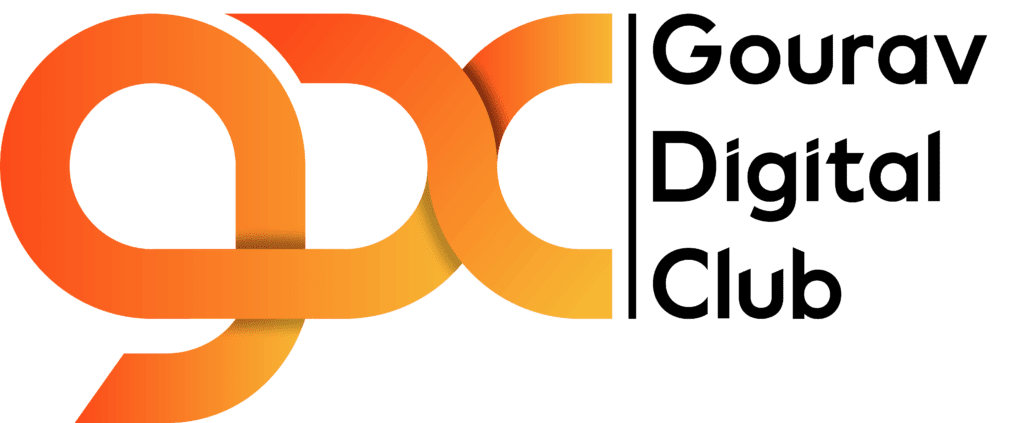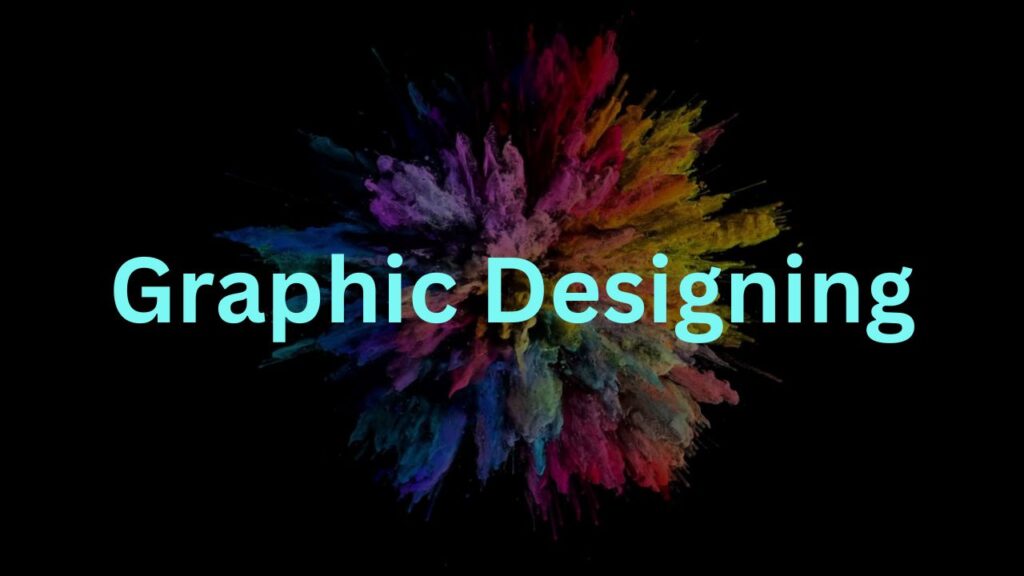Table of Contents
ToggleGraphic Designing Beginners Guide; The term ‘graphic design was given by William Addison Dwiggins in the year 1922.
In 1993 Paul Rand defined graphic design: “to design is much more than simply to assemble, to order, or even to edit; it is to add value and meaning, to illuminate, to change, to clarify, to modify, to dignify, to dramatize, to influence and maybe even to amuse.”
To design is to transform prose into poetry.
Graphic designing is not only editing a picture in Photoshop.
There are arguments to say that writing on cave walls and designing columns in ancient Rome can be considered graphic design as these designs were used to share information and communicate.
Graphic designs are meant to make text and data more interesting, which in turn can define a whole company, organization, product, message, mission, or any other service.
Graphic Designing Beginners Guide; Branding
To create a brand for a company is to make its image and push that image with campaigns and visuals.
Working in branding permits a graphic designer or design firm to urge the attached aspects of the business, from logo style to advertising to copywriting and slogans.
The goal of a brand is to create a corporation distinctive and recognizable and to project the specified image that the company desires to portray.
Over time, a brand will create a corporation with a household name and be recognizable by an easy shape or color.
To create a brand for a company, a designer needs to fully understand the goals of the organization and the industry as a whole.
This research and base knowledge should work with the designs to create the desired output which ultimately represents that company.
Logo:
The Logo is a business’ first point of contact with the outside world.
If people connect with the branding of a company, the likelihood is they’ll be more open to whatever it is offering them.
Great logo style needs a fancy mixture of design skills, artistic theory, and skillful application.
Typography:
Typography is basically the art and technique of arranging words and language.
Along with the manner every letter looks, the spacing itself will determine the general tone of a style or font.
Before computers and the internet, typography was a much-focused art form and profession.
Similar to colors, completely different fonts determine how individuals feel once reading what they ultimately take from it later on.
The chosen font will represent the entire piece; it will grab the viewer’s attention, convey the messages, and in conjunction with color and layout, define the tone and purpose.
Brand colors:
Colors have different meanings and can evoke varying emotions.
‘Warm’ colors like red, orange, and yellow tend to replicate energy, joy, enthusiasm, and passion.
‘Cool’ colors like blue, green, and purple are associated with calmness, and relaxation, and are more subtle than a fiery, bright red.
Choosing your colors before you start is a good idea since you need to take into consideration what emotions you want (and don’t want) the viewers to feel.
If you intend to get the viewers feel powerful and energetic, then warmer colors would be appropriate.
If you’re looking for them to feel inspired yet calm, then cooler colors would be better.
Keep scrolling Graphic Designing Beginners Guide to know about Principles of Design.
Top 10 Principles of Design:
1. Balance
Balance provides true stability and structure to an overall design. Shapes, text boxes, and images are the elements that mainly form your design, so it’s important to be familiar with the visual weight each of those elements possesses.
2. Proximity
Proximity helps in creating a connection between two similar elements. These components needn’t be classified, instead, they should be visually connected by way of font, color, size, etc.
3. Alignment
Alignment plays an important role in creating a deep visual connection with the design elements. It gives an ordered appearance to images, shapes, and blocks of texts by eliminating elements placed in a disheveled manner.
4. Visual Hierarchy
A visual hierarchy is formed when extra visual weightage is provided to the most important part or element in your design.
5. Repetition
Repetition creates a rhythm and strengthens the general design by typing along with consistency including components like logo and color palette, making the brand or design instantly recognizable to viewers.
6. Contrast
Contrast occurs when there is some difference between the two opposing design elements like dark vs. light or large vs. small, etc.
7. Color
Color dictates the overall mood and looks of a design. The colors you choose will represent your brand, so be careful with the palette you choose.
8. Negative Space
It is referred to as the ‘negative space, which in simple words means the area between or around the elements.
If used creatively, negative space will help produce shape and highlight the vital elements of your design.
9. Typography
Typography is one of the key pillars of design, and it speaks volumes about a brand or an artwork when executed stylistically or even customized.
10. Rules
Once you’re an adept graphic designer who understands the foundations of design, then it’s time to break some of those rules
UI-UX Design:
UI
User Interface (UI) design, in contrast, specifically pertains to the design of interactive elements, and as such lives almost exclusively in digital media, such as a computer, tablets,s or smartphones.
Elements like clickable elements, animations, button styling, and more are all important tools for UI designers around the world.
UX
User experience design (UX) is different from UX as it mainly focuses on the logic and structure of the elements that you actually see and can interact with.
UX mainly takes place in two phases which are
- Research
- Validation
During the research phase, the UX designers use a variety of tools and methods to better understand their intended users.
Competitive analysis, user interviews, persona creation, wireframing, heuristic analysis, and journey flows may all be involved.
Continue reading the Graphic Designing Beginners Guide to learn more about tools.
Top 5 Tools for Graphic Designing:
1. Pixlr
If a graphic designer uses Adobe Photoshop, then he will be quite familiar with ‘Pixlr Editor.
Pixlr also can open. PSD files and keeps hold of all the artistic layers, crafting it a huge alternative to Photoshop.
2. Adobe Creative Suite
Adobe Creative Suite is one of the worthiest programs for graphic designers.
This tool benefits the whole portfolio of programs, varying from Dreamweaver to Photoshop to After Effects as well as Encore.
It will synchronize your photos, files, fonts, settings, design assets, Adobe Stock, metadata, etc. automatically.
3. Wacom Bamboo
It will take a bit of time to get adjusted to it, but it guarantees an excellent use with your editing time shortened; your accuracy to demonstrate, edit, alter, craft, draw, design, paint, and tune can prove to be excellent.
This tool approaches altogether all sizes and shapes and selecting the right tool relies on what you are applying it for, but you are suggested, to begin with, a medium size Wacom Bamboo.
4. PicMarkr
This tool lets you insert a watermark into any kind of image in a simple way.
PicMarkr is extremely useful for copyrighting and also shielding distinctive and important work featured online.
5. Visual CSS Tools
Visual CSS Tools have features that many distinct websites supported by gradient generators do not contain.
Facebook Marketing – The Complete Guide for Marketers
6 Key Elements of Brand Identity Design
In Graphic Designing Beginners Guide let’s talk about the Key Elements of Brand Identity Design
1. Clear Brand Purpose and Positioning
The first part of establishing a brand identity is determining what your brand purpose and positioning is and especially brand purpose is a huge reason for your existence.
Brand positioning is the naming of who your product is for and why your product could be a better option than the competitors.
2. Thorough Market Research
A brand’s purpose and positioning can be informed, at least in part, by market and customer research. To understand the cultural tension represented in the previous section, research is crucial.
3. Likable Brand Personality
Something I’ve heard several times is the question “If your brand were a person, what would they be like?” It might be a bit cliche at this point, but it’s a smart way to think about brand personality and brand personality is an important thing to consider. It will come through in every part of your brand identity if you get it right.
4. Memorable Logo
Your logo is central to your brand identity design. It’s the piece of your brand identity that individuals are exposed to the most.
5. Attractive Color Palette
Related to logo design is the color palette. This should even be straightforward, with only 1 to 3 primary colors. Knowing a small amount of about the emotions sent by certain colors will assist you in choosing the correct ones.
6. Professional Typography
Fonts are powerful, the most popular fonts are recognizable even once taken out of context.
Graphic Designing Beginners Guide; Brand Design Examples
1. Airbnb

2. Spotify

Conclusion:
It’s important just to get started with the Graphic Designing Beginners Guide.
It’s easy to be intimidated by the sheer quantity of learning related to graphic design, however, inform yourself that even the foremost proficient designers were newbies once, too.
What makes the creative field very much special is that everyone’s journey is exclusive, there is no one method to approach DIY design.
You’ll find your own means to discern what you want and need to learn.
Design is a repetitive method, therefore keep transforming your concepts and projects.
You are reading the Graphic Designing Beginners Guide.











